What is Java? A Visual Definition
By: Wade Harvey
Historical Origins
In 1991, Sun Microsystems created a research project that was code named Green. The project’s purpose was to 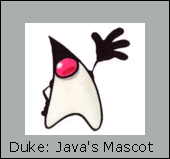 create a language that could run intelligent consumer electronic devices (set top boxes). The project resulted in an object-oriented (C- and C++ based) language that it’s creator, James Gosling, called Oak. He called it Oak after an oak tree outside his office window. It turned out that there was already another computer language named Oak. As a result, the new name of Java arose when a group of Sun employees went to a local coffee shop.
create a language that could run intelligent consumer electronic devices (set top boxes). The project resulted in an object-oriented (C- and C++ based) language that it’s creator, James Gosling, called Oak. He called it Oak after an oak tree outside his office window. It turned out that there was already another computer language named Oak. As a result, the new name of Java arose when a group of Sun employees went to a local coffee shop.
The marketplace for intelligent consumer devices was not going well at the time, and the Green project was almost cancelled. Fortunately, the world wide web exploded in popularity in 1993, and the advantages of using Java as a web programming language became apparent.
The first public release of Java was Java 1.0 in 1995. Java 2.0 was released in 1998, and there were different editions for different platforms. JSEE was the enterprise edition, JSSE was the standard edition, and JSME was for mobile applications.
In May 2007, Sun made all of Java’s core code free/open source, except for a small portion, which they did not rights to.
Key Features
- Java was designed to use small amounts of memory
- Java has an automatic “garbage collection” process that releases memory when it is no longer needed.
- Java is an object-oriented language
- Java uses an intermediate language called bytecode to make it platform independent
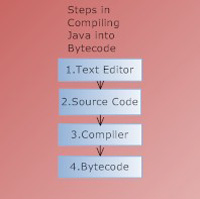
- A Java Virtual Machine (JVM) has been designed for most operating systems. The Java Virtual Machine translates the intermediate bytecode to the native machine language for that operating system.
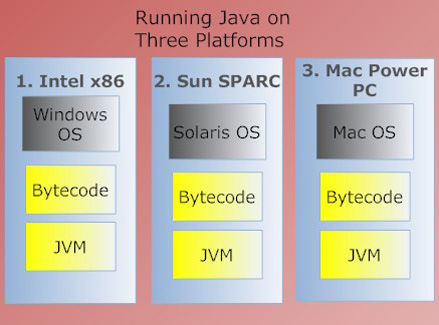
- There are various methods of executing Java
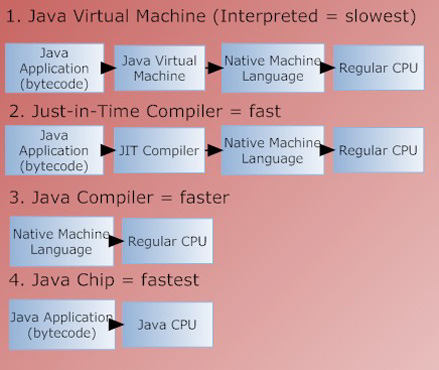
- The same Java code can run on a stand-alone computer, a browser client, or a web server. Java code is called an “application” when it runs on a stand alone computer. It is called an “applet” when it runs in a client’s browser, and it is called a “servlet” when it runs on the server. Java Server Pages (JSP) are like Active Server Pages. They carry out commands to process data and build web pages on the fly.
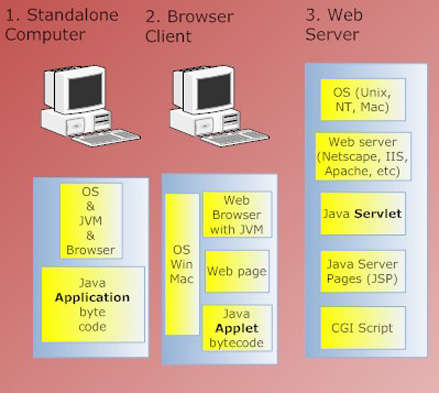
- Java is different from JavaScript. JavaScript is a just scripting language – it is not a full-blown language like Java. Java is compiled into bytecode, but JavaScript is not. JavaScript is embedded into static HTML pages to make them appear more dynamic. For example, JavaScript might be used to create a pull-down menu or a pop-up screen.
Although Java applications and applets have experienced some success, Java’s real strength lies on the server side. Java is the most popular language for communicating across the network, and Sun’s J2EE enterprise model has become the application server standard.
